A century of changes and events that reshaped the world during Prince Philip’s life
When Prince Philip was born, most people didn’t have phones, fewer owned cars, and barely anybody had a fridge.
The Duke of Edinburgh’s life spanned a period of major change around the world.
When Prince Philip was born in 1921 on the Island of Corfu, most people still didn’t have telephones, fewer owned motor cars, very few had radios and barely anybody had electric appliances like vacuum cleaners, fridges or washing machines in their homes.
It was an age when people had fewer electronic distractions but had to work harder and for longer each day, at their place of work and also in the home.
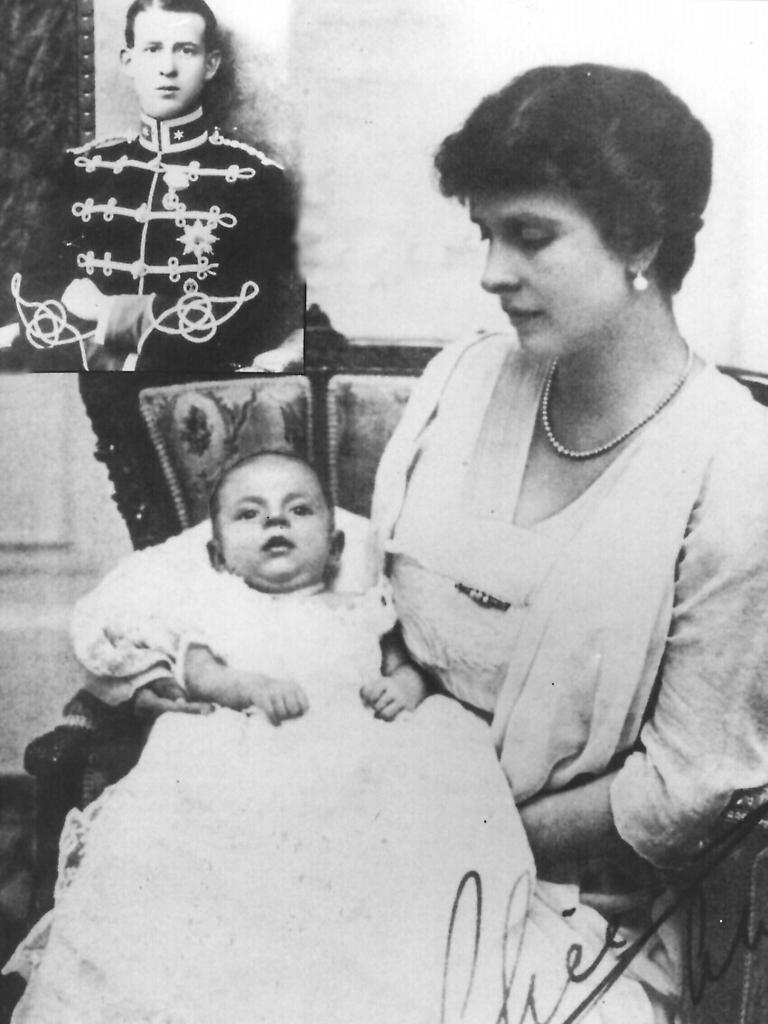
In 1921, the world was still reeling from the shock of a global war in which millions of troops and civilians had been killed.
While the period before the war could be considered still part of the Victorian era or an extension of the 19th century, WWI had brought the world into the recurring nightmare of modern warfare.
The particular effect of the war on Philip and his family was that they were living in exile after King Constantine I of Greece was forced by the Allies and the elected government to abdicate in favour of his second son Alexander, because of his insistence on neutrality, which was really just a disguised pro-German stance, during the war.
That situation changed in 1921 when Alexander died from the effects of a monkey bite and Constantine was restored to the throne.

But a military government kicked him out again in 1922 and the royal family was evacuated with the help of the British.
He would spend much of the rest of his life based in Britain.
While the 1920s saw a world trying to rebuild from the destruction of war, redrawing boundaries and establishing new nations with the break-up of pre-war empires, there were also major social changes happening.
During the war, women had been allowed to enter the workforce in much greater numbers and in male dominated industries to replace men who had gone to serve in the military. As a result they sought more freedom.
In the UK they had been given the vote in 1918, and in the 1920s they were becoming a more potent political force.
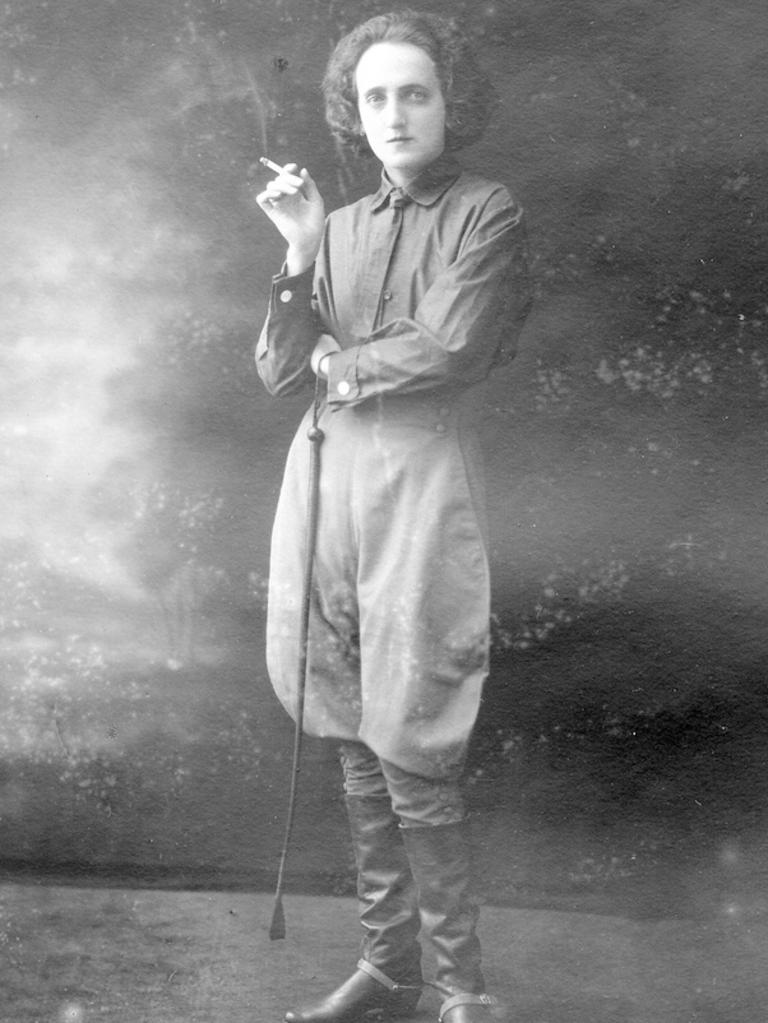
But they also strove for other freedoms. More women smoked, drank, wore trousers and began to wear more revealing clothing in the 1920s than ever before.
Not to be provocative but to show that they had control over their own destinies rather than being tied to male standards of what a woman should be.
Over the course of Philip’s life women would gain more freedoms, independence and equality, partly helped by another war.
Philip would even see the first woman as Prime Minister of the UK, Maggie Thatcher, in 1979, made possible partly because of the Women’s Lib movement of the 1960s and 1970s.
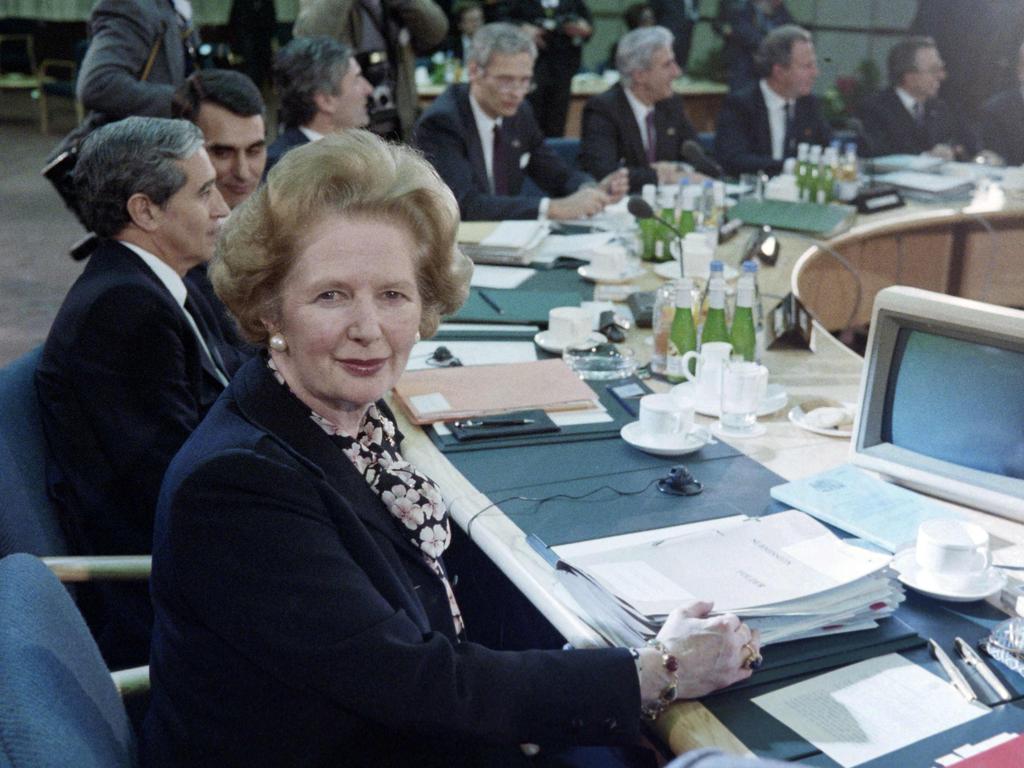
When Philip was a young boy the most high tech object in homes was a radio, capable of receiving energy waves over long distances that would be reinterpreted as sound on a speaker. But in the 1920s several inventors were in a race to develop new technology that could send both images and sound over long distances to a home receiving unit, known as television.
There were working versions of television systems as early as 1926 but it would not be until the 1930s and 1940s that people began making regular TV broadcasts and not until the 1950s that a majority of homes in the western world had a set to see those broadcasts.
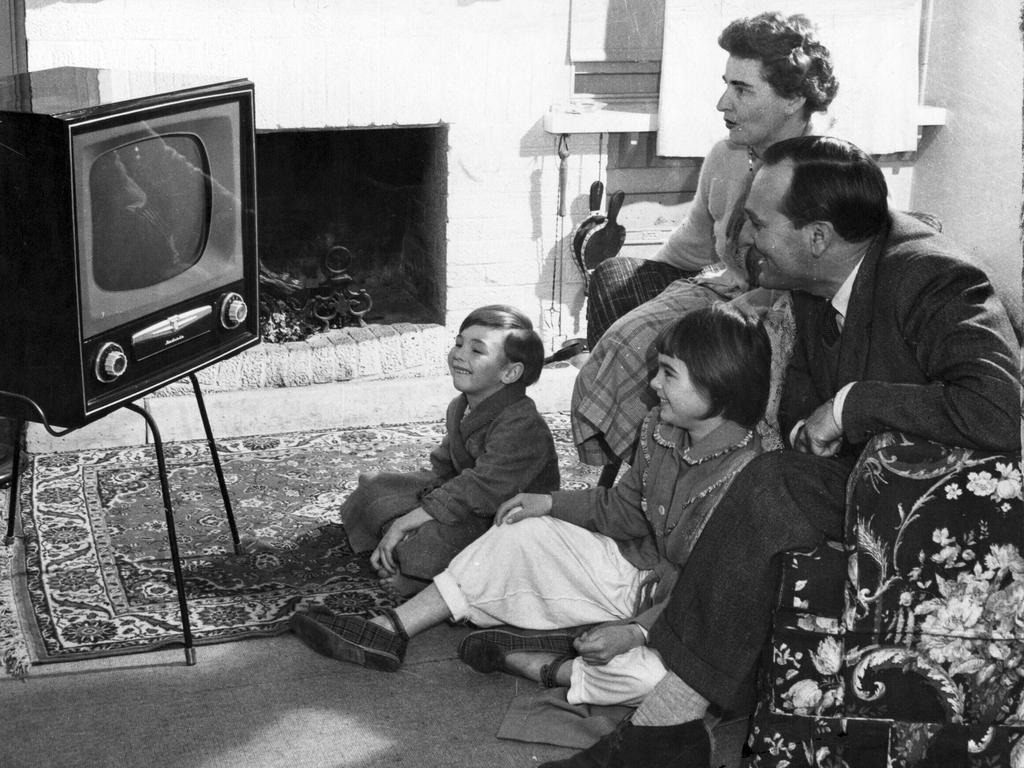
Philip actually gave a huge boost to TV ownership in the UK by insisting that TV cameras be allowed to film parts of the coronation ceremony of his wife Queen Elizabeth II.
World War II helped hasten many more technological changes Philip saw in his lifetime. The need for early detection of enemy aircraft led to the development of radar. The need to crack complicated codes led to the creation of one the earliest forms of electric computer, named Colossus.
In the wake of the war, in 1947, the invention of the transistor opened the path to smaller electronic devices and integrated circuits, squeezing more electronic and computing complexity and power into smaller and smaller devices.

The war had also spurred the Germans to develop rocket technology and the Allies to develop nuclear weapons.
After the war the Americans and the Soviets took what the Germans had learnt and developed ballistic missiles fitting them with nuclear weapons, leading to an arms race like none we have ever seen.
But rockets also led to the development of space technology, which led to the first men on the moon, along with dozens of other technological benefits including Velcro and powerful mini computers, made possible by the development of integrated circuits.
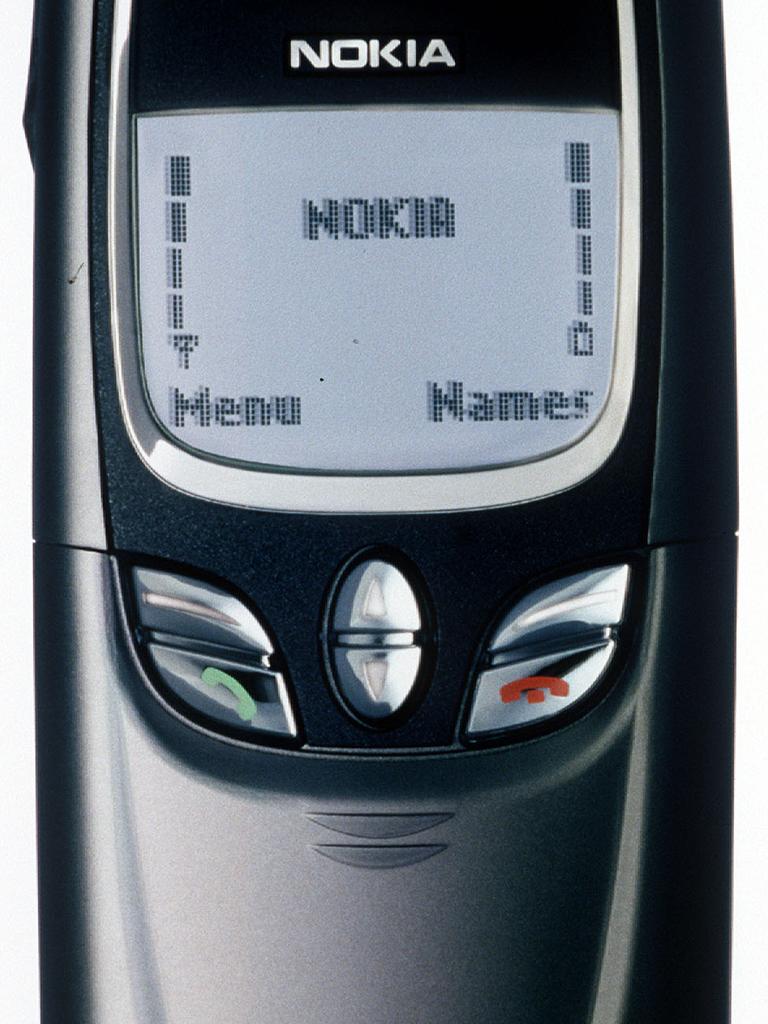
By the 1980s many homes had computers and some people even had mobile phones. In the early 1990s people began connecting their computers to other computers via a global network known as the world wide web or the internet.
In the 2000s, the combination of mobile phone, internet and personal computer would cause a revolution affecting not just communication but also many other aspects of life including entertainment, shopping, banking and photography.
Philip grew up in an era when phonographs were becoming more popular, playing music using a flat disc made of shellac (Edison’s cylindrical records stopped production in 1929).
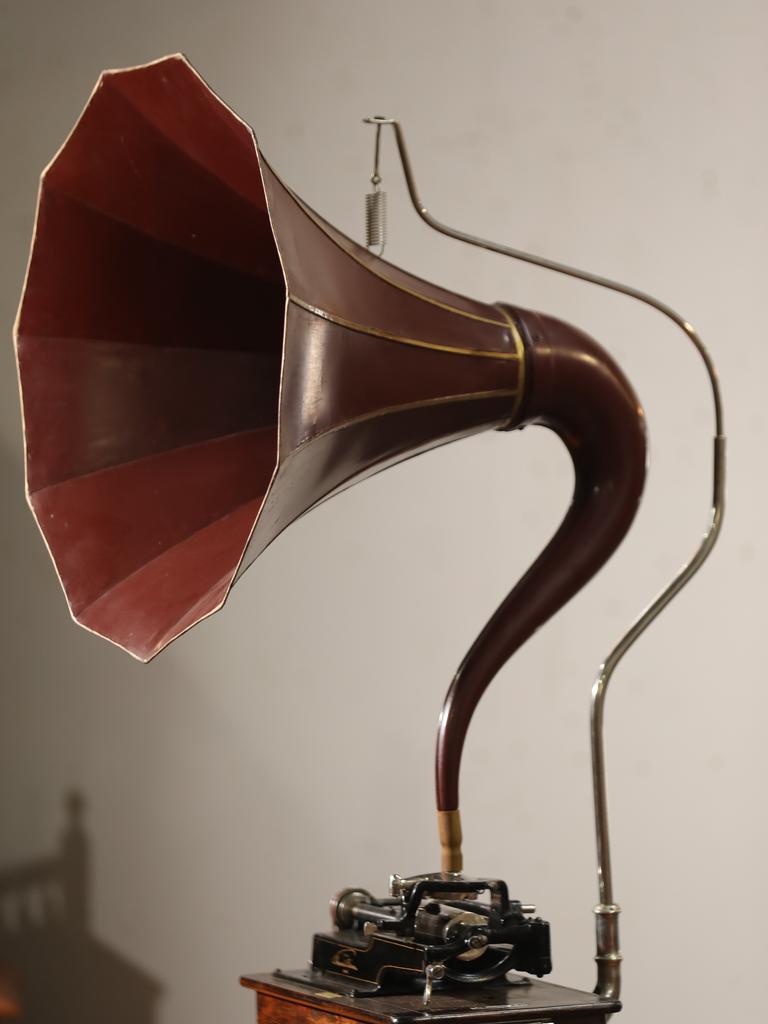
When he died people were listening to music on mobile devices, downloading songs from the internet. The same device could be used to shop, bank, take photographs, send messages and even make phone calls.
Politically Philip saw the world’s power blocs alter substantially. He saw the British Empire breaking up and its evolution into a Commonwealth of Nations. He also outlived the communist empire known as the Soviet Union, which was founded not long after his birth in 1922 and crumbled in 1991 after the Soviets failed to keep up with technological, social and political change and lost control over their subject states.
Medical science also underwent some incredible advances from the time Philip was born. In the 1920s regular successful blood transfusions were still a relatively new thing, made possible by the discovery of blood types in the first decade of the 20th century.
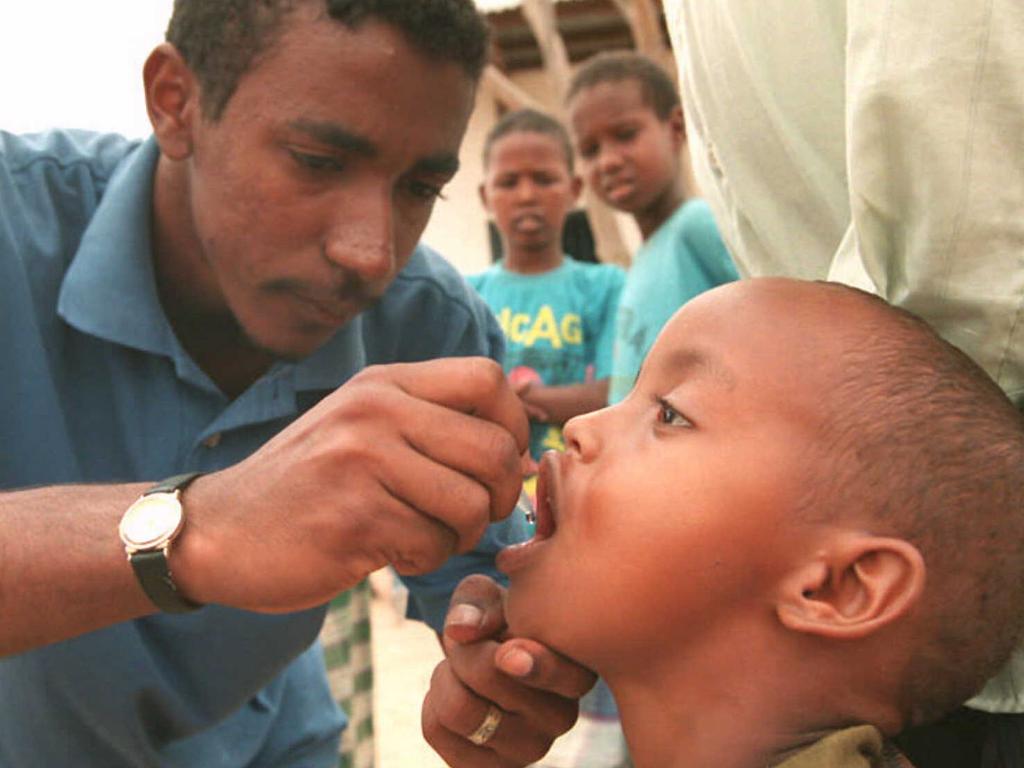
He saw, among other things, the eradication of smallpox, polio, the development of a cure for tuberculosis, along with the first successful open heart surgery and heart transplants and the sequencing of the human genome.
Philip lived through one of the most rapid eras of political, social, scientific and technological change the world has ever seen.
Sometimes he moved well with the times, helping to modernise the monarchy, but sometimes he stayed steadfastly in the past.





